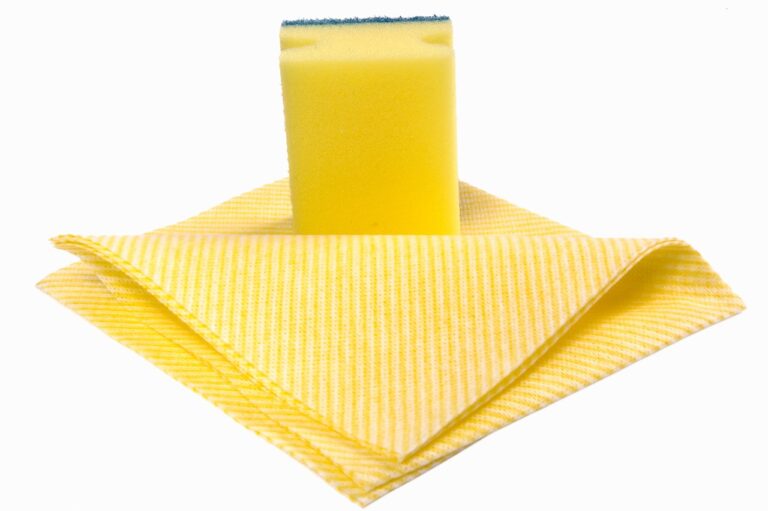Modern Woodworking Techniques: Innovative Approaches to Design
world777 id, 11xplay, 247 betbook:Modern woodworking techniques have evolved significantly in recent years, allowing designers and artisans to push the boundaries of what is possible with this age-old craft. From intricate joinery to innovative finishing techniques, the world of woodworking is constantly evolving. In this article, we will explore some of the most cutting-edge approaches to woodworking design that are revolutionizing the industry.
Pushing the Limits of Traditional Joinery
Traditional woodworking joinery techniques have stood the test of time for centuries, but modern woodworkers are finding new ways to push the boundaries of what is possible. CNC technology has revolutionized the way that complex joints are created, allowing for precision cuts and intricate designs that were once impossible by hand. This technology has opened up a world of opportunities for designers to create unique and innovative pieces that were once only dreamed of.
Exploring Alternative Materials
While wood has long been the material of choice for woodworking, modern designers are exploring alternative materials to push the boundaries of design even further. From reclaimed materials to modern composites, woodworkers are incorporating a wide range of materials into their designs to create truly unique pieces that stand out from the rest. By thinking outside the box and experimenting with new materials, woodworkers are able to push the limits of what is possible with their craft.
Innovative Finishing Techniques
Finishing techniques have long been an essential part of woodworking, but modern advancements in technology have allowed for even more possibilities. From high-tech spray booths to advanced curing methods, woodworkers are able to achieve finishes that were once only possible in a factory setting. By experimenting with new techniques and materials, designers are able to create finishes that are truly one-of-a-kind and push the boundaries of what is possible with woodworking.
Embracing Sustainability
As the world becomes more conscious of environmental issues, woodworkers are embracing sustainability in their craft. From using reclaimed materials to sourcing wood from responsibly managed forests, designers are finding new ways to reduce their impact on the environment. By embracing sustainable practices, woodworkers are not only helping to preserve the planet for future generations but are also creating unique pieces that tell a story of conservation and sustainability.
Incorporating Technology
Technology is playing an increasingly important role in modern woodworking design. From computer-aided design (CAD) software to laser cutting and engraving machines, woodworkers are incorporating technology into every step of the design process. By leveraging the power of technology, designers are able to create intricate and precise designs that would have been impossible with traditional methods. This fusion of technology and craftsmanship is pushing the boundaries of what is possible in woodworking design.
Blurring the Lines Between Art and Function
Modern woodworking design is blurring the lines between art and function, with designers creating pieces that are not only beautiful but also highly functional. From sculptural furniture pieces to intricate architectural details, woodworkers are pushing the boundaries of what is possible in terms of both form and function. By marrying aesthetics with practicality, designers are creating pieces that are not only visually stunning but also highly usable.
FAQs
Q: What are some examples of alternative materials that woodworkers are using in their designs?
A: Woodworkers are incorporating a wide range of materials into their designs, including reclaimed materials, modern composites, and even metals and plastics.
Q: How can I ensure that the wood I am using is sourced sustainably?
A: Look for wood that is certified by organizations such as the Forest Stewardship Council (FSC) or sourced from companies that are committed to responsible forestry practices.
Q: How can I incorporate technology into my woodworking practice?
A: Consider investing in CAD software, laser cutting and engraving machines, or other high-tech tools to take your designs to the next level.
Q: What are some ways that I can push the boundaries of traditional joinery techniques in my woodworking projects?
A: Experiment with CNC technology to create intricate joints that were once only possible by hand, or explore new ways of combining traditional joinery methods with modern techniques.
In conclusion, modern woodworking techniques are revolutionizing the industry and pushing the boundaries of design in ways that were once thought impossible. By embracing new materials, technologies, and sustainability practices, woodworkers are creating truly unique pieces that are both beautiful and functional. With a focus on innovation and creativity, the future of woodworking design is brighter than ever.







